By Gerald Astor
Superficially, Phil Cochran personified the WWII fighter pilot, a combat daredevil, nonchalant about the niceties of rank and zealous in pursuit of what he called “chicks.” While thousands of colleagues matched his attitudes and performed similar feats, Cochran drew fame because he knew Milton Caniff, one of the leading comic strip creators of the day. Caniff added him, through the character of Major Flip Corkin, to his “Terry and the Pirates,” replete with the 50-mission crushed cap and penchant for “chicks.”
But unlike most imitations of life, the adventures of the alter ego actually fell short of the achievements of the genuine article.
Joining the 33rd Fighter Squadron at Langley Field
Cochran’s remarkable career began on humble notes. One of five brothers from Erie, Pa., whose father was a local lawyer and politician, Cochran worked his way through two years at Ohio State University waiting tables at fraternity houses and as a singer with local bands at the parties and dives around Columbus. However, with the Great Depression still seeking its bottom, he said, “People didn’t have enough money to pay for bands or to drink, and I didn’t see how I could scrape up enough for my last two years. I read an article about the Army flying school at Randolph Field, which said you could apply if you had two years of college. The military looked like easy work.” The then-handsome stipend of $75 a month also attracted him.
Slight of build at 128 pounds, even after two years of emulating 1920s All American football star Red Grange by hauling ice in a vain effort to mold a body suited for the gridiron, Cochran fitted neatly into the desired physical dimensions of a fighter pilot. “When I came out of flying school, I went into the 33rd Fighter Squadron of the 8th Group at Langley Field. In those days there wasn’t enough money to provide reserve commissions for Army pilots. We were already Army pilots and held that rating, but we were still flying cadets on active duty. We wore the blue suit, the cadet uniform.”
As a qualified fighter pilot, Cochran first flew the P-6. “Then we got an awful machine named the PB-2A. It had a habit of burning and wouldn’t come out of a spin, and had some other nasty characteristics. We were the only ones I think that had them. But it was a good airplane for some things. It was the first in service with a fully retractable gear. It had flaps which weren’t yet common.”
Cochran graduated to the Curtiss P-40 Warhawk, the primary Air Corps fighter at the start of WWII. As a lieutenant in 1941, he received command of an operational squadron stationed near Groton, Conn. For all of his playboy reputation and nonchalance about spit and polish, Cochran conducted an intensive program to prepare newcomers to his 65th, “Fighting Cork Squadron,” for battle. Cochran dumped traditional textbook theory on combat and adopted the tactics developed by those who had experienced modern air battles.
Getting His Ticket With Operation Torch
Already a success with “Terry and the Pirates,” Milt Caniff, four years ahead of Cochran at Ohio State and a friend of the pilot’s older brother, acted on a suggestion that he renew acquaintance with his fellow Buckeye. “We talked,” said Cochran, “and Milton started to pick my brains. He used to come down to Groton and watch us dive bomb right off the edge of the field into Long Island Sound, and we had aerial gunnery right close that he could watch. He lived with us for a while, talked to the kids, was imbued with this group of young Americans and was enthralled with the type.”
Caniff did not invent the name of his strip character. Cochran explained, “After flying school, my first squadron commander was a Brooklyn Irishman who called me ‘Corkin’ and that became my nickname during my career. When I became a flight leader and listed the pilots for an operation I would always write ‘Corkin,’ and I had it on my jacket and my helmet also. Milton saw that and used the shorthand ‘Flip’ for Philip.”
To Cochran’s dismay, he proved almost too good at honing fighter outfits. The command shipped his Fighting Cork Squadron to North Africa as part of American air support for the British Eighth Army while keeping Cochran at home to train more people. Frustrated, Cochran clamored for assignment overseas, and after the start of Operation Torch, the Allied invasion of North Africa, he finally led a batch of replacement pilots to Casablanca.
They had arrived amid confusion that bordered on total chaos. The U.S. Army Air Force still flew versions of the P-40, inferior to the faster, more maneuverable, higher flying German Messerschmitt 109 and Focke-Wulf 190 fighter planes. Cochran seized an opportunity to create an operational outfit from the contingent he led but discovered they lacked even basic knowledge of aerial combat.
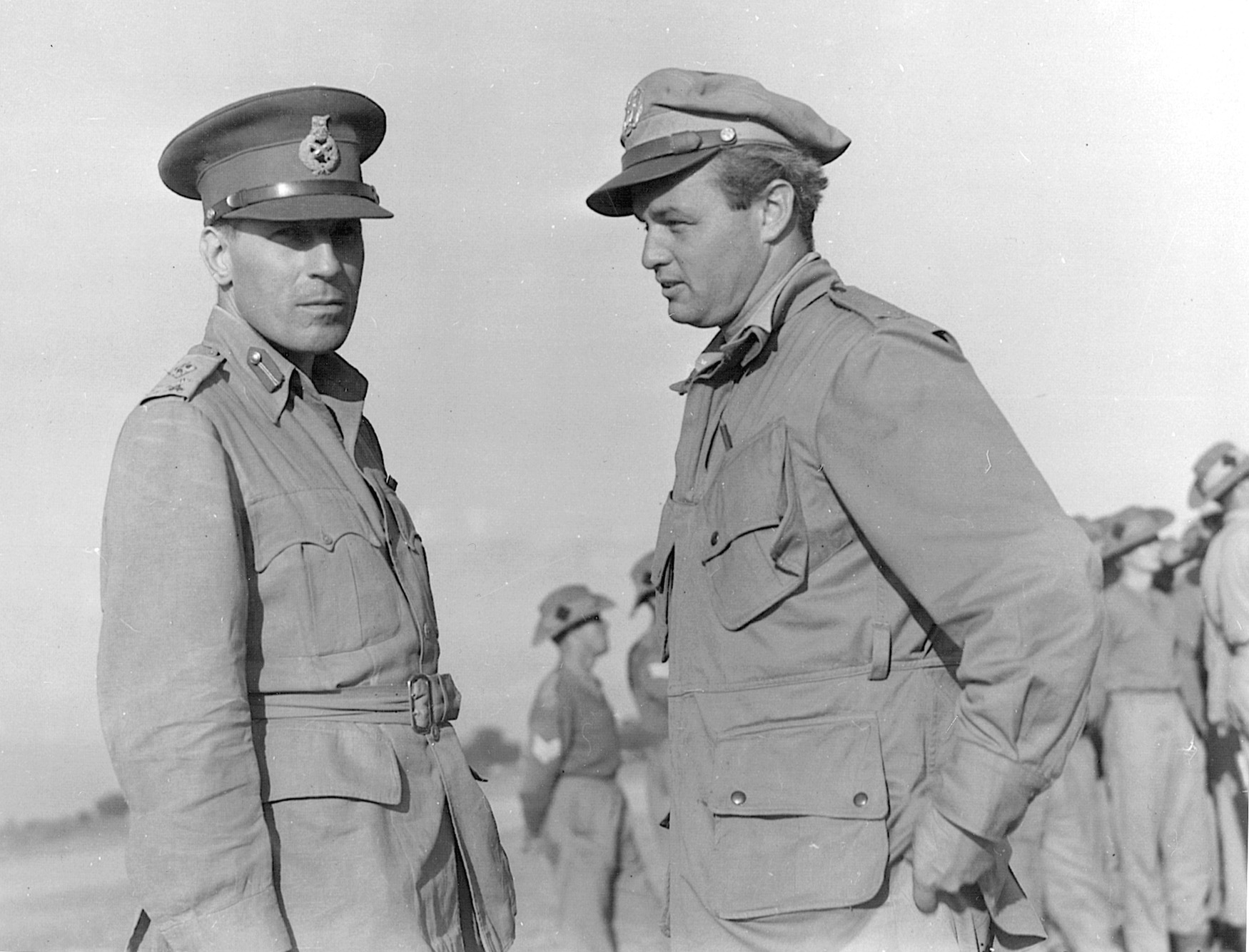
“I was 32, old for a fighter pilot but I was fighter-steeped. We set up an advanced concentrated course with ground targets on the beach to teach them how to use their guns, which many had never fired, focused on what we had heard from the front, mostly on formations. After three weeks we started to become cohesive, act like a squadron. Having no [official] number or name we called ourselves the Jokers. The boys developed an esprit de corps, began to think of themselves as better than anyone else. For some reason or other we had been issued red scarves. They weren’t common and they added to the sense of an identity.
The P-40 Warhawk vs. the Messerschmit 109G
“Suddenly we were sent forward to the Thelepte area (just across the Tunisian border). Our move forward was very, very confused. We ended up with two halves of two squadrons, and having brought seven people forward I was the ranking person.” Cochran boldly assumed command as more and more planes and personnel arrived.
“We found right off the bat,” confessed Cochran, “that the Germans knew an awful lot more than we did, and all we had was our eagerness. We started out with very, very poor formations. We built them tactically on the defense you have in the P-40. We learned the P-40 was quick in a turn, and you couldn’t find a guy on the field who wasn’t ready to send a testimonial to the people of Curtiss [the manufacturer] because the tight turn of the P-40 saved every one of their necks every time they turned around. I think I can count ten times when if the P-40 wouldn’t turn I would have been gone long ago.”
On the other hand, Cochran admitted that the Messerschmitt 109G could outrun the P-40, outclimb it, and dive faster. “The P-40 was nothing above 10,000 or 12,000 feet but if the German wanted to do his job, he would have to come down and get us because we were hammering the hell out of his ground troops. We were well-armed with six .50-caliber machine guns and the P-40 was a rugged plane that could take an awful beating.”
German fighters attacked the base daily. “The situation above ground was so precarious that we didn’t allow more than three men to gather in any one place. We had occasions when four or five guys would be standing around and a German fighter would come over the hill out of the sun and you didn’t see him until he was on you. Next to every airplane there were foxholes so the mechanics could jump in. They had to do it many times because we were hit often. We had two meals a day. We could cook down below and eat in the dark in the morning and after the sun went down. We couldn’t line up for chow; that would be just asking for it.”
Free-Wheeling Operations & a New Era of Air Combat
The heat, sand, and wind damaged aircraft and demanded extraordinary effort from mechanics, always short on parts and tools and living under mole-like conditions. Everyone suffered from the miserable food and the prevalence of disease. Lacking radar, the airmen relied on a primitive alert system. French gendarmes stationed in towns between the lines would telephone the Thelepte airdrome, advising the approach, direction, and the number of aircraft.
At first the air war had followed the WWI pattern, often involving dogfights among fighters, but the missions gradually evolved into support for the ground forces. Cochran recalled making four or five sorties daily, looking for opportunities, whether in the air or below. Operations became less free-wheeling and more formally orchestrated. Teletype machines replaced the uncertain telephone alerts. Radar picked up intruders well in advance. Intelligence improved.
The war stalled while a wintry climate stifled operations, but then as spring approached aerial combat intensified. The P-40s began to escort medium and heavy bombers scourging enemy positions and shipping. When weather permitted, the squadrons at Thelepte, led by Cochran, harassed enemy troops in Tunisia.
American fighter pilots even started to attack tanks, attempting to disable them with armor piercing .50-caliber bullets in the vulnerable wheels. In the course of their operations, the airmen realized that the Germans habitually located a large tank maintenance unit about 25 miles behind the fighting. The Panzers would return to the area for repairs, fuel, and rearming. “We discovered the best way to help our guys was to burn the damn thing,” said Cochran. “We had started what became known as tactical interdiction, but we didn’t have a name for it at the time. It was a tougher job than war in the air. We lost more people doing this than in aerial combat. You had to learn how to do strafing. You had to plan a way in and a way out. If you simply did it by the numbers you would get it.”
Butting Heads with General Patton
Cochran and his fellow airmen quickly ran afoul of edicts promulgated by General George S. Patton, commander of the U.S. Army’s II Corps. Less than enthusiastic about the contribution of the airmen after a flock of P-39s (Bell Airacobra) lost their bearings and shot up a number of American Sherman tanks, Patton demanded that flyers in his zone of command adhere to his rules on military etiquette, including neat uniforms with puttees or leggings.
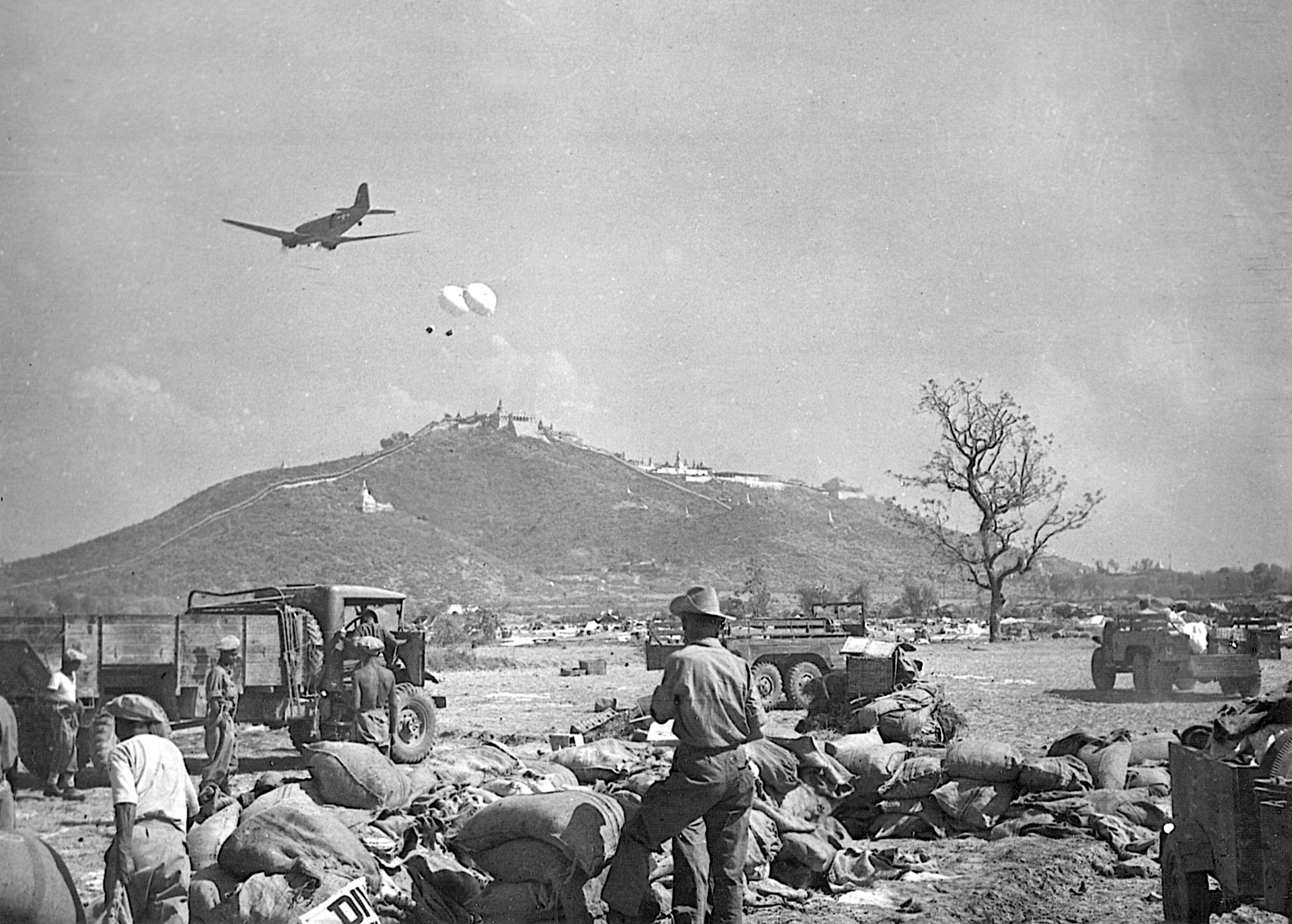
Cochran confronted the obnoxious side of Patton after he flew a malfunctioning P-40 to Algiers for a replacement plane. While he waited in the operations office, a pair of transports bearing the general, his staff, and a press corps retinue landed. “He was mad as a hornet because he came in at the wrong time and there weren’t any cars waiting. He came stomping forward past this bench on which I was sitting, and I stood up and saluted. He said, ‘You get your ass out of here and get me some cars!’ He was fuming, and I said, ‘General, I am more transient than you are. I don’t belong to this establishment.’ He said, ‘I don’t care what establishment you belong to. Get me some cars!’ I resented it but had sense enough not to do anything. I just turned and started to walk toward the door. He said, ‘I said run!’ He was nibbling away at my dignity, and I was not going to do it. Pretty soon the cars started to arrive and he left.”
Cochran urged an even greater ground offensive role for fighters. He scrounged some 500-pound bombs and arranged for them to be attached to the wings in place of the auxiliary fuel tanks. The entire stock of U.S. P-40s, P-39s, and P-38s began to carry bombs, while Spitfire fighters, unable to accommodate the extra weight, flew cover.
The unrelenting duels with enemy aircraft, the numerous sorties against well-defended ground targets, and the subsistence living conditions brought so much stress that Cochran realized his people needed replacements. In the beginning, when a mission was described everyone volunteered. There were more pilots than needed available to fill a flight. But over time Cochran was forced to designate who would participate.
One pilot, forced to bail out of his P-40 over the base, was killed when a great gust of wind struck his parachute and slammed him into the ground. His closest friend had watched the ghastly accident. Given a day off by Cochran, the buddy remained in his dugout, then took off in his own plane and dove it straight down into the dirt. After a young pilot was shot down four times, Cochran decided he was no longer fit for duty.
Selling War Bonds Stateside
Concerned about morale, Brig. Gen. Jimmy Doolittle, now a commander of the North African air forces after his spectacular raid on Tokyo in May 1942, assigned a psychologist to examine Cochran’s people. After a day, the officer told Cochran he had a list of men whom he recommended be removed from combat status, adding, “Cochran, your name is number one. After I talked to you I found out you’re the worst one of them all.”
Relieved from front-line action, Cochran resumed teaching the fighter-pilot craft. He met the first of the Tuskegee airmen, graduates of the Air Corps’ grudging tolerance for a squadron of African Americans as an “experiment” in the segregated armed forces. Survivors from the 99th Fighter Squadron testified 50 years later that Cochran welcomed them and was one of the very few whites who ignored skin color.
Cochran, with 61 missions, credited with four enemy planes destroyed, holding the Silver Star, the Distinguished Flying Cross with two oak leaf clusters, the Air Medal with three clusters and the Croix de Guerre with star and palm, returned to the United States to sell war bonds. He did his utmost to match the image of Flip Corkin, telling an interviewer from LIFE magazine about his plans with “hat-check chicks,” but then with regret reported, “most of the chicks I knew have gone on to be welders.” He entertained friends with renditions of “Dirty Gertie from Bizerte” and “Stella the Belle of Fidella.”
A few weeks later, however, he was summoned to the office of Lt. Gen. Henry “Hap” Arnold, the commanding officer of the entire Air Corps, and informed that instead of an assignment to “the big show” in Europe, he would be posted to the China-Burma-India Theater (CBI). Cochran balked. He ignored protocol to rant, “I believe I have more combat experience than any fighter pilot in your Air Force. I’m going to be brash enough to tell you that I think I know more about the practical side of fighter aviation than anybody in the Air Force. I’ve done it the hard way and here you are sending me to some doggone offshoot, side-alley fight over in some jungle in Burma that doesn’t mean a damn thing. The big show is in England. I think I can contribute a helluva lot more with what I know and have been studying for seven years.”
According to Cochran, the commander growled, “I don’t know what kind of an Air Force office I’m running here when guys come in and tell me they are not going to do something.”
The junior officer retreated. “I had to get it out. You would think less of me if I didn’t tell you exactly how I feel.” After a few more conciliatory exchanges, Cochran surrendered, “Okay, where and when.” Arnold laughed and responded, “That’s better. I want to get that other monkey in here.”
Collaborating with John Alison
The “simian” in question was John Alison, whose background was as colorful as Cochran’s. During maneuvers in the late 1930s, Alison, as a young 2nd lieutenant in a P-40, had the effrontery to demonstrate the vulnerability of a B-17 (Boeing Flying Fortress bomber) to a rear attack before stubbornly unpersuaded brass hats. Dispatched to England during the Battle of Britain as a military liaison, Alison absorbed valuable knowledge of planes and tactics. From there, he moved to the Soviet Union to assist the host with its Lend-Lease U.S. planes. Cochran and Alison already knew and respected each other. Alison had flown combat in China and recorded six kills.
Arnold ordered them to lead Project 9, which would become the 1st Air Commando Task Force, designed to support British General Orde Wingate’s Chindit guerrilla operations against the Japanese. Cochran explained, “He [Wingate] would effect long-range forays into enemy territory. He used mules as transport and the jungle as protection. They would get in, disrupt the enemy and take over whole territories. He called it ‘long-range penetration.’ He felt that if he had some air support it would make him more effective.”
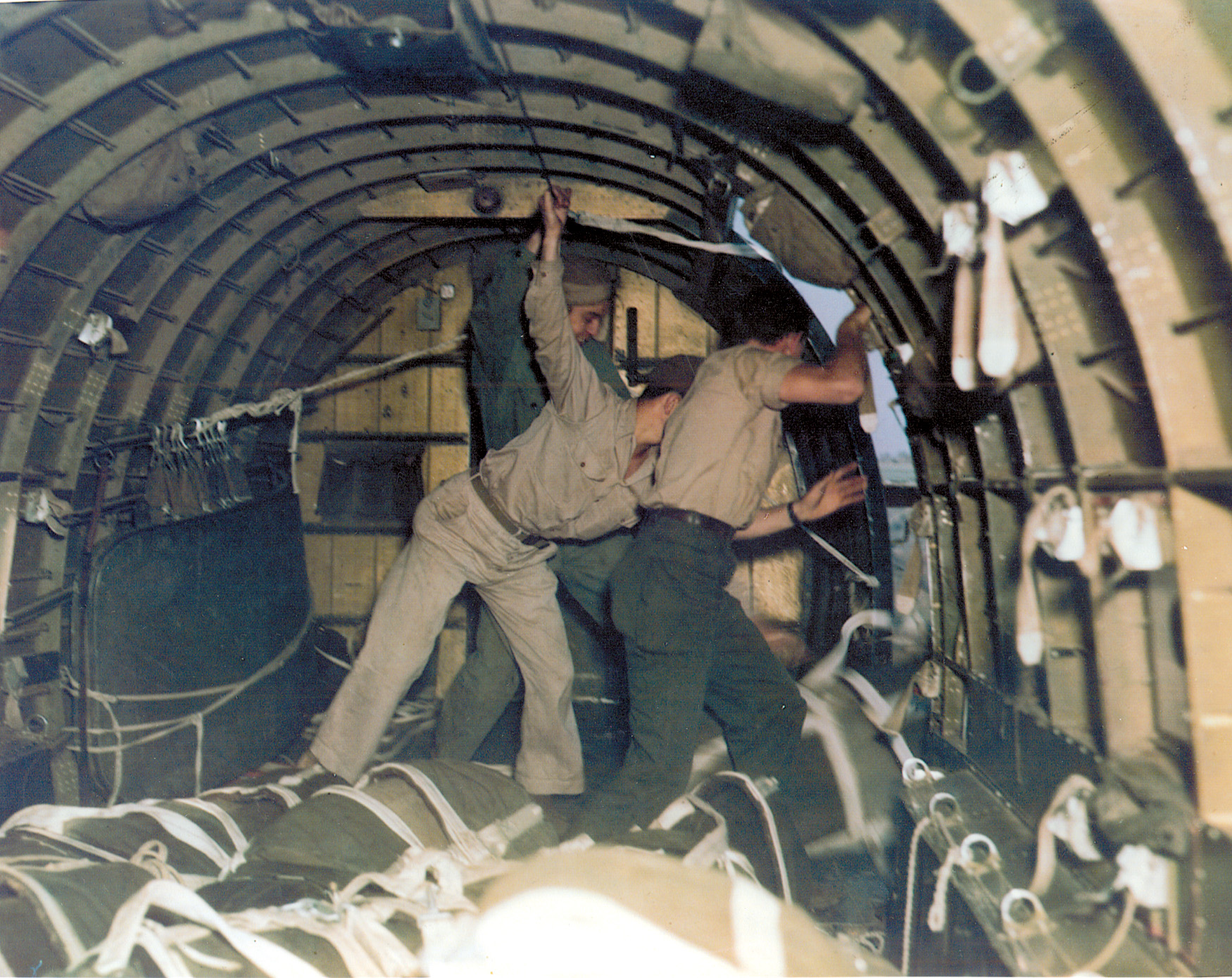
Wingate wanted the Americans to evacuate his wounded. He explained, said Cochran, “When we get a man wounded, we can’t carry him out and he becomes a burden. We have to prop him up against a tree, give him a gun, let him stay there and give him money and stuff, hoping that the natives would take care of him. Our attrition rate is terrible. When a man gets wounded, his chances with this kind of warfare aren’t very good.” Operations were also hampered by the requirement that the Chindits carry supplies and equipment on their backs, or their mules. The limited gear required frequent withdrawals for refurbishing.
Initially Cochran was put off by Wingate’s windy, vague theorizing. However, after conferring with him, and having personally seen the mountainous terrain, the absence of roads, and the streams from the air, the Americans identified movement on the ground as the principal difficulty. “The obvious answer was to move the troops by air,” said Alison. “We asked for gliders and transports and light planes.” The fledgling 1st Air Commando Task Force eventually included a squadron of P-51s, a unit of B-25s, along with roughly 100 gliders with 75 pilots, plus a squadron of troop carriers [C-47s] capable of parachuting men and supplies or towing the gliders, and about a hundred of the L-1s and L-5s.
Mules in the Air
Wingate still thought in terms of trekking to the interior, but at a meeting with Wingate and Mountbatten, Cochran boldly announced that the U.S. airmen would fly the brigade into Burma. Alison remarked that Cochran had nothing to back up his word other than his reputation. An operation of this nature had never been attempted, and the assembled strategists seriously doubted him.
At a clearing in a central Indian jungle, Cochran and company put on a show. A pair of gliders, one with Cochran in the copilot seat, successfully landed, and another with troops from the Black Watch, Scottish infantrymen, followed. The troops fanned out to create a defensive perimeter while waves of additional gliders swooped down to unload supplies, heavy equipment, and even mules. Douglas DC-3s returned to snatch the gliders from the ground. Thoroughly convinced, Wingate insisted he ride one of the gliders as it was retrieved.
“General Wingate was an officer with vision,” said Alison. “We had no sooner sold him on the idea of moving the troops by air than he immediately began to expand upon our operation and press us to do more. Instead of flying in a small percentage of his troops as first planned, General Wingate called on the Troop Carrier Command to carry almost his entire force after the troops of the Air Command Force had landed and built airdromes. On the night of March 5, 1944, we started out from India.”
Cochran recalled one unusual problem. “How were these animals [the mules] going to ride? They [the Chindits] depended a great deal on them. They were their mobility in the jungle. Going along in the jungle, you’d be within a hundred yards of the enemy, and the enemy wouldn’t quite know exactly where you were. If the mule brayed or hee-hawed, he would give you away. The poor fellows had to be ‘debrayed’ [severance of their vocal chords]. We had these mute mules to put in gliders and aircraft, and we didn’t know how they were going to take to that sort of thing. We knew something of the nature of the mule and we were a little apprehensive. We searched the outfit to find any farm boy that had any experience or knew anything about mules. This kid just said, ‘Why don’t we just try walking them in and see what they do.’ The mules took off and enjoyed the ride, landed and did nothing. As the guys in the glider said, ‘They even banked on the turns.’”
Alison noted, “We were to land in areas far in the enemy’s rear which had been previously selected and carefully photographed and mapped. Elaborate plans had been made so that nothing would go wrong. The gliders took off just at dusk so as to cross enemy lines after dark. We had selected two sites; half our gliders to go into each and build an airport for transport planes at each site. Just prior to take-off, photo-reconnaissance showed that the Japanese had gotten wind of our plan and completely blocked with logs and trees one of the jungle clearings. Plans were immediately changed, and all gliders were [routed to] the other area [code-named Broadway] and if the enemy really had gotten hold of our plans to land in such force we would be able to overwhelm him.”
“Soya Link, Soya Link, Soya Link!”
According to Cochran, the insertion of Chindits into Burma by air was probably the most difficult glider tow ever tried. “There was a three-quarter-moon shining, and although this was good light for night flying, the haze was bad over the mountains and over Burma which made it difficult to see the planes from the gliders which they were towing. The DC-3 (C-47s) had to climb 8,500 feet to cross the mountains through turbulent air on a flight into enemy territory that lasted three hours and fifteen minutes.”
The pathfinder gliders, first to touch down, set out flare pots to facilitate succeeding waves of gliders. However, the field proved far less accessible than expected. For many years, the local people had logged teak, and during the wet season, slid the huge logs across the ground down to a river. Over time the technique gouged deep ruts which elephant grass covered, making the trenches invisible in aerial photographs or reconnaissance.
Realization of the hazards at Broadway forced those already there to send a radio message using the prearranged code to halt all flights, “Soya Link, Soya Link, Soya Link!” [It was a reference to an ersatz sausage manufactured from soy beans, which the British hated]. “The entire second wave of gliders was stopped by radio and returned to base,” said Alison. “In the first wave we had enough equipment to build an airfield and it wasn’t necessary to jeopardize other men’s lives as our patrols reported no Japanese nearby. The next morning, the field was a mass of wreckage.”
Nevetheless, an airfield was hacked out of the jungle in a matter of hours. Indeed, less than one week after the first glider bounced to a halt at Broadway more than 9,000 Chindits had flown in and then moved out to hit the Japanese. Eight days after the Air Commandos first arrived, the Japanese struck at Broadway with fighters. Fortunately, a flight of Spitfires happened to be on hand and they shot down half the attackers and drove off the others. The success at Broadway inspired the creation of two similar installations behind the enemy lines, employing the same technique of glider-borne men and equipment.
The Japanese quickly recognized the threat of these air bases. Not only did the strips enhance the capabilities of the Chindits to disrupt supply lines and mount large-scale guerrilla attacks upon the Imperial Army, but they also enabled aircraft to fly offensive missions deep in Japanese-controlled territory.
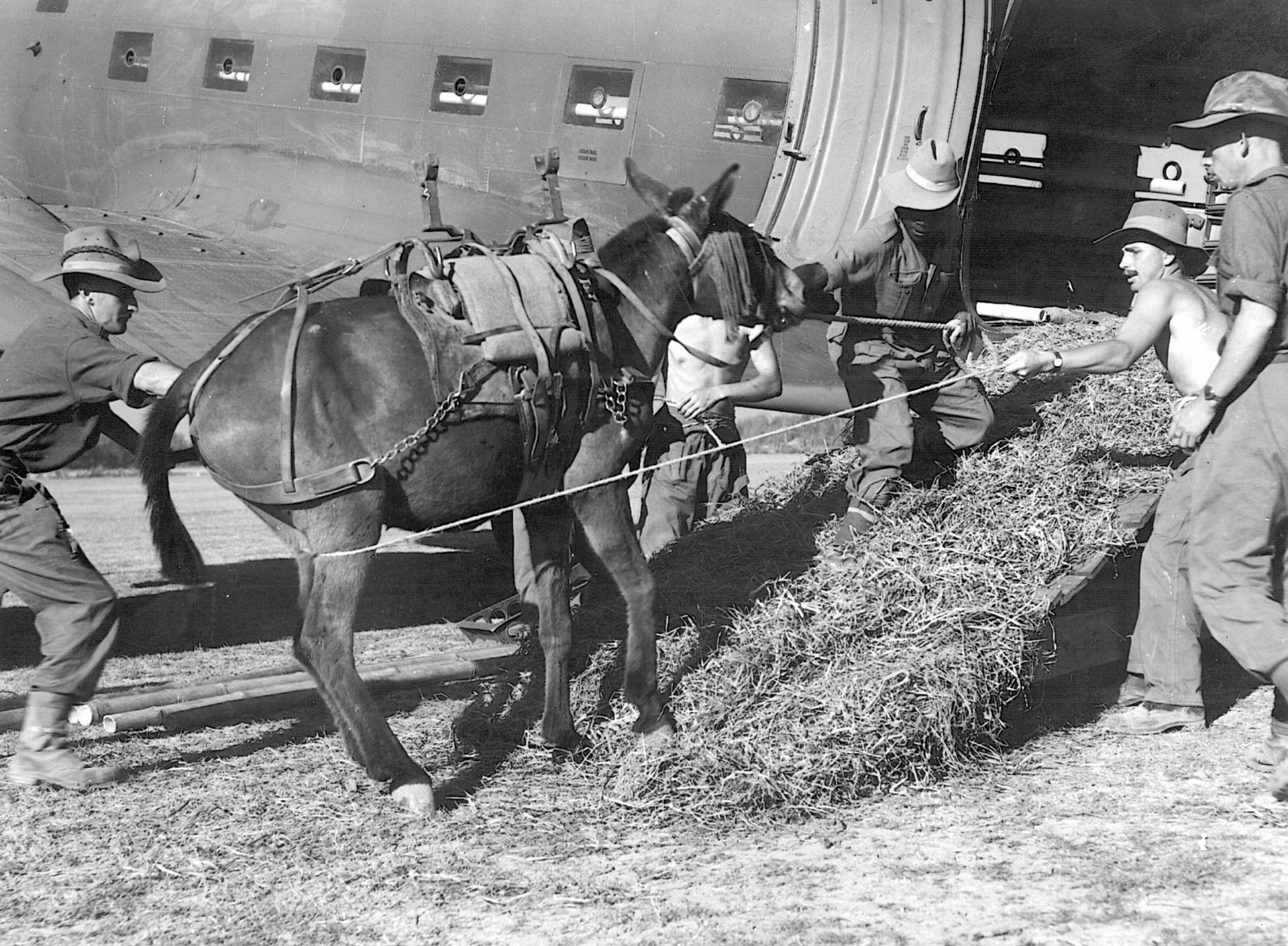
Cochran flew occasional missions, but ordinarily he allowed someone who regularly participated to command the operations. One day, Cochran led a four-plane section of a 16-ship strike. “We were flying over Mandalay, and I announced, ‘I’ve got the target spotted. I’m going to go down as close as I can. I may need help from other eyes.’” Cochran had forgotten that he was not in charge. “We made a tactical error. Instead of setting up cover, which was routine, I started to peel off.”
Diving to low altitude, Cochran and his associates examined the area beneath them for their target. “As I started back up, collecting my guys, we were jumped by a horde of Japanese fighters. They were all over us. They weren’t kids; they knew what to do. We didn’t have our speed; none of our flights were intact to help each other. We weren’t going to do any good by staying there and fighting. This was not our true mission which was to support Wingate, and here we were doing a strategic air war thing.
“Since I had been over the target, the main part of the enemy was between me and home. I was going to have to run the gauntlet. I started on a course for home, wide open, giving it all I had. They kept coming at me. Supposedly I had more speed than any Japanese airplane and could outrun anyone. I decided I wasn’t going to stand and fight him. I kept going lower and lower and he kept on coming. I could tell I was gaining and he was close enough to fire at me but was not effective. I just had it to the firewall, running like a scared rabbit. I overheard a conversation between two of our pilots. One of them said, ‘I think Cochran was in that plane on fire which went down and I didn’t see anybody get out of it.’”
The rumor filtered through the radio back to headquarters. Journalists there picked up the news during debriefings. Someone filed a report to the wire services. Oblivious to the wildfire account of his demise, Cochran recalled, “We came limping back, and we were disgusted with ourselves.”
Meanwhile, the apparent loss of Cochran reached the offices of Maj. Gen. George Stratemeyer, chief of the Far East Air Command. Teletype tersely wired the 1st Air Commando base: “To Cochran from Stratemeyer, Verify or refute Cochran’s death today.” The alleged deceased pilot replied, “Hell no! I am not dead!” Cochran realized the false news already relayed by the Associated and United Press would have reached his hometown Erie newspapers. He flew to Stratemeyer’s headquarters, startling those who believed him shot down. From there Cochran cabled General Arnold, asking him to officially notify his family that he was still alive. Arnold’s office quickly reassured the Cochrans in Pennsylvania.
The heat, humidity, and hard physical labor reduced attention to grooming and when the general who headed the Troop Carrier Command made an inspection he complained about the appearance of the airmen. Cochran posted a notice: “Look, Sports, the beards and attempts at beards are not appreciated by visitors. Since we can’t explain to all strangers that the fuzz is a gag, we must avoid their reporting that we are unshaven by appearing like Saturday night in Jersey. Work comes before shaving. You can never be criticized for being unkempt if you are so damn busy you can’t take time to doll up. But be clean while you can. Ain’t it awful?”
Ideally, the 3,000 Americans in the China-Burma sector, Brig. Gen. Frank Merrill’s Marauders, would have been mated with Wingate’s brigades, but American Theater commander General Joseph Stilwell refused to allow the GIs to serve under the Briton. When that news reached Wingate, he reacted in fine American style: “Tell General Stilwell he can take his Americans and stick ‘em up his ass.”
Stilwell, rather than seek transport by air, marched Merrill’s people deep into Burma in a flanking maneuver aimed at cutting off the Japanese long enough for slower moving Chinese infantry and tanks to trap them. Unfortunately, the main body of Chinese soldiers under Stilwell, only 10 miles off, failed to exploit the momentary success of the Marauders. The general delayed marching orders until the enemy escaped the trap. The Americans inflicted severe losses, far above their own. Still, the campaign—under wretched climatic conditions, the usual hostile microbes, and enemy fire—exacted a heavy toll upon the Americans.
With the big airfields in business, Wingate’s people created small, simple airstrips close to where the Chindits warred. According to Cochran, “You would fly airplanes (the L-1s and L-5s) in and out of the strips. They would collect the wounded at the immediate site, come into the big bases of Cowringhee or Broadway, off-load and go back with a replacement and some ammunition and bring out another wounded.” The Americans brought out between 1,200 and 1,500 casualties in a three-month period.
The End of Cochran’s Flight Career
During March and April 1944, the 1st Air Commando destroyed some 80 enemy airplanes, blasted eight bridges, and demolished seven ammunition sites, 55 buildings, and numerous trains and locomotives. The coming of the monsoons in May reduced the airborne operations of the Chindits, and the death of Wingate in a plane crash on March 25, 1944, doomed their continued existence.
Cochran drew reassignment to the Air Force staff in Europe. There he met his old nemesis, General George S. Patton, to discuss the possibilities for a massive aerial invasion of Germany. The idea never progressed beyond the talking stage as the ground forces chewed their way across the continent. Cochran resumed his role as an expert in the use of fighters and the schooling of pilots.
After WWII ended, Cochran expected to continue his career in the Air Force, which achieved its goal of a separate service. However, a medical examination in 1947 diagnosed him as hypoglycemic and unfit for flight status. Cochran retired, cashing in on his background as a technical advisor for movie makers, and then working a stint at Boeing. Finally, he accepted an executive slot with his brother’s trucking company. Milt Caniff reincarnated him as General Philerie for a new strip, “Steve Canyon,” but Cochran faded from public view until his death in 1979 from heart failure during a fox hunt.
Gerald Astor is the author of numerous books on WWII subjects, including The Mighty Eighth, an acclaimed chronicle of the Allied Eighth Air Force in Europe; Voices of D-Day, remembrances of veterans of the Normandy invasion; and A Blood-Dimmed Tide: The Battle of the Bulge by the Men Who Fought It.
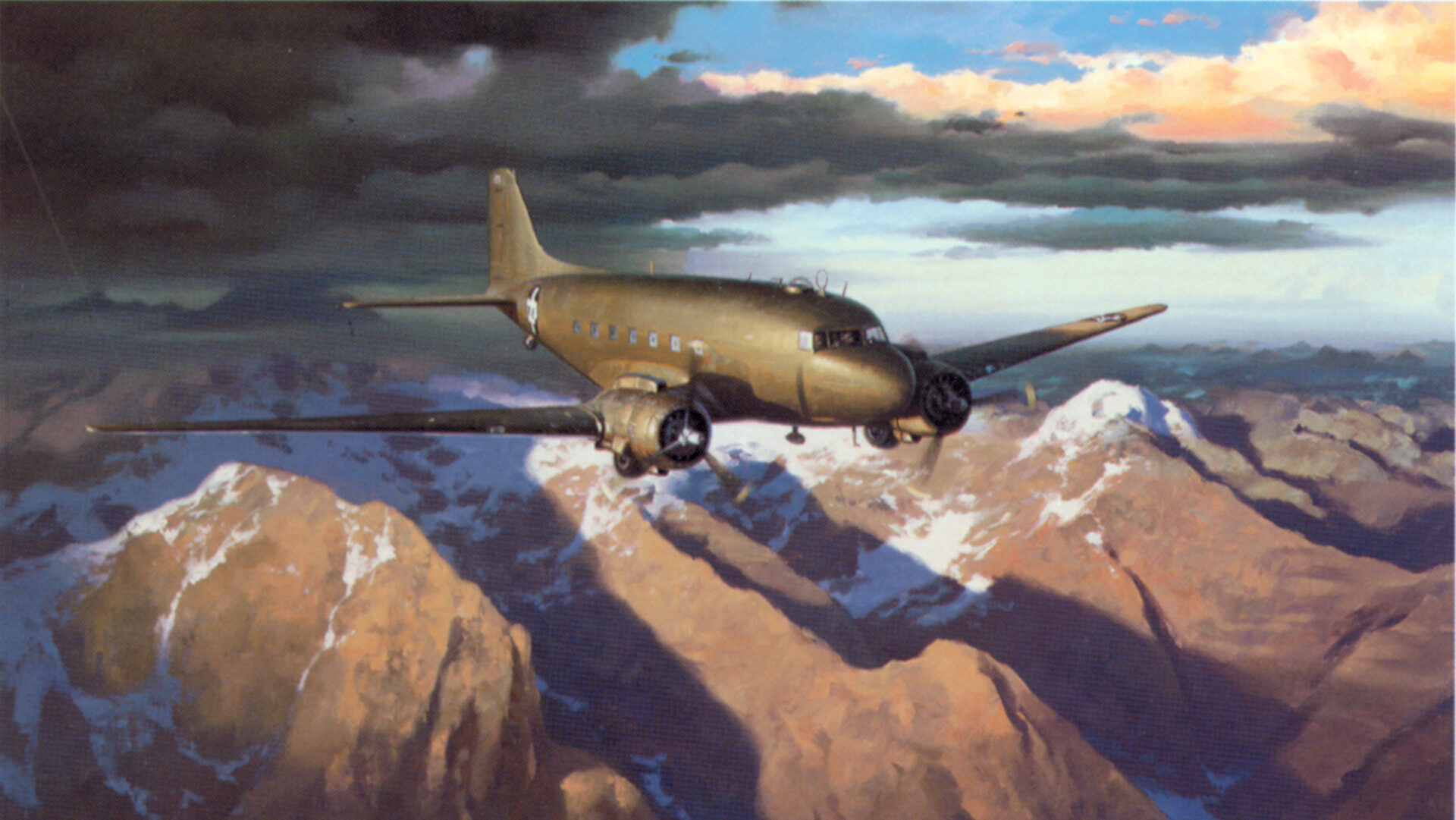

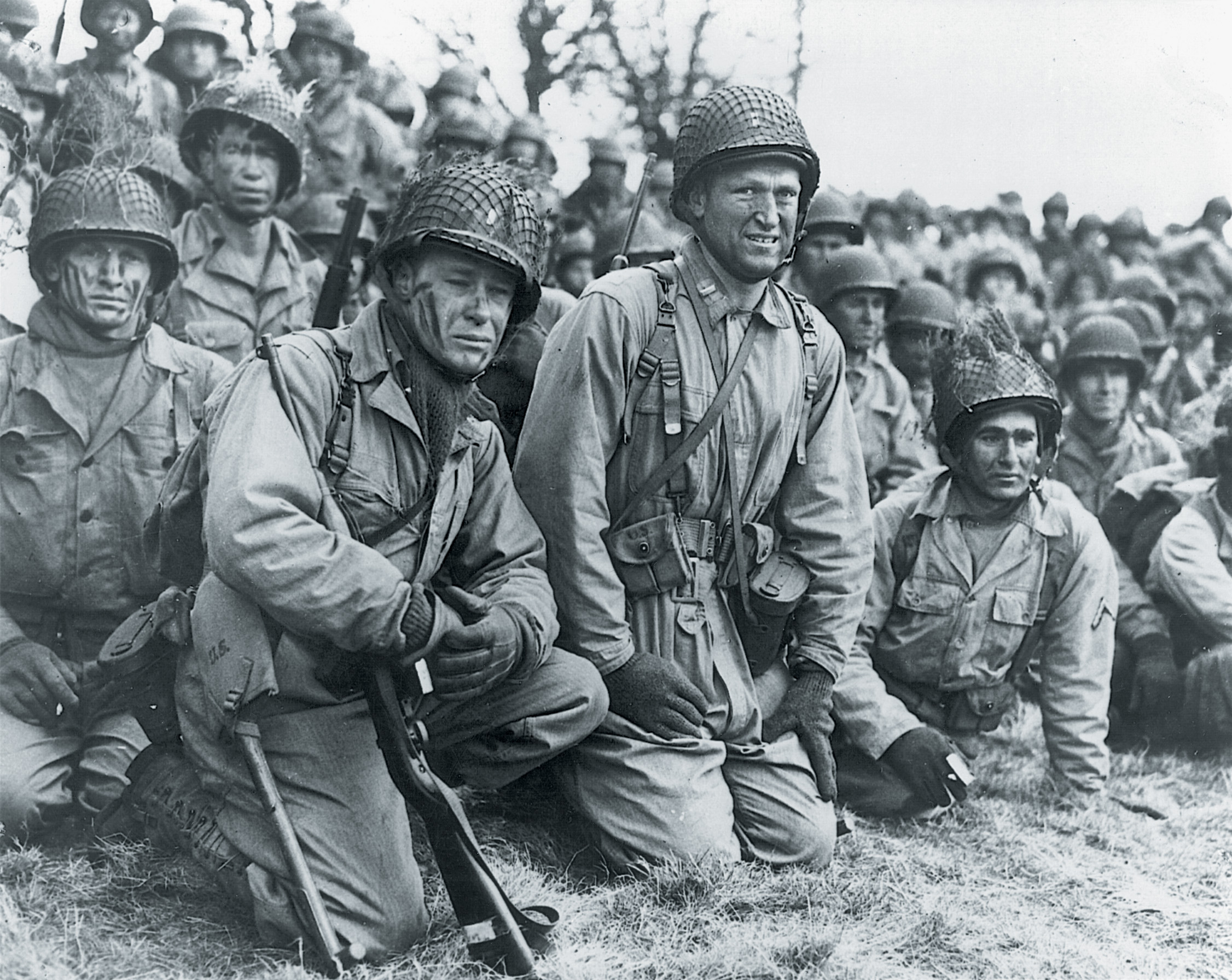
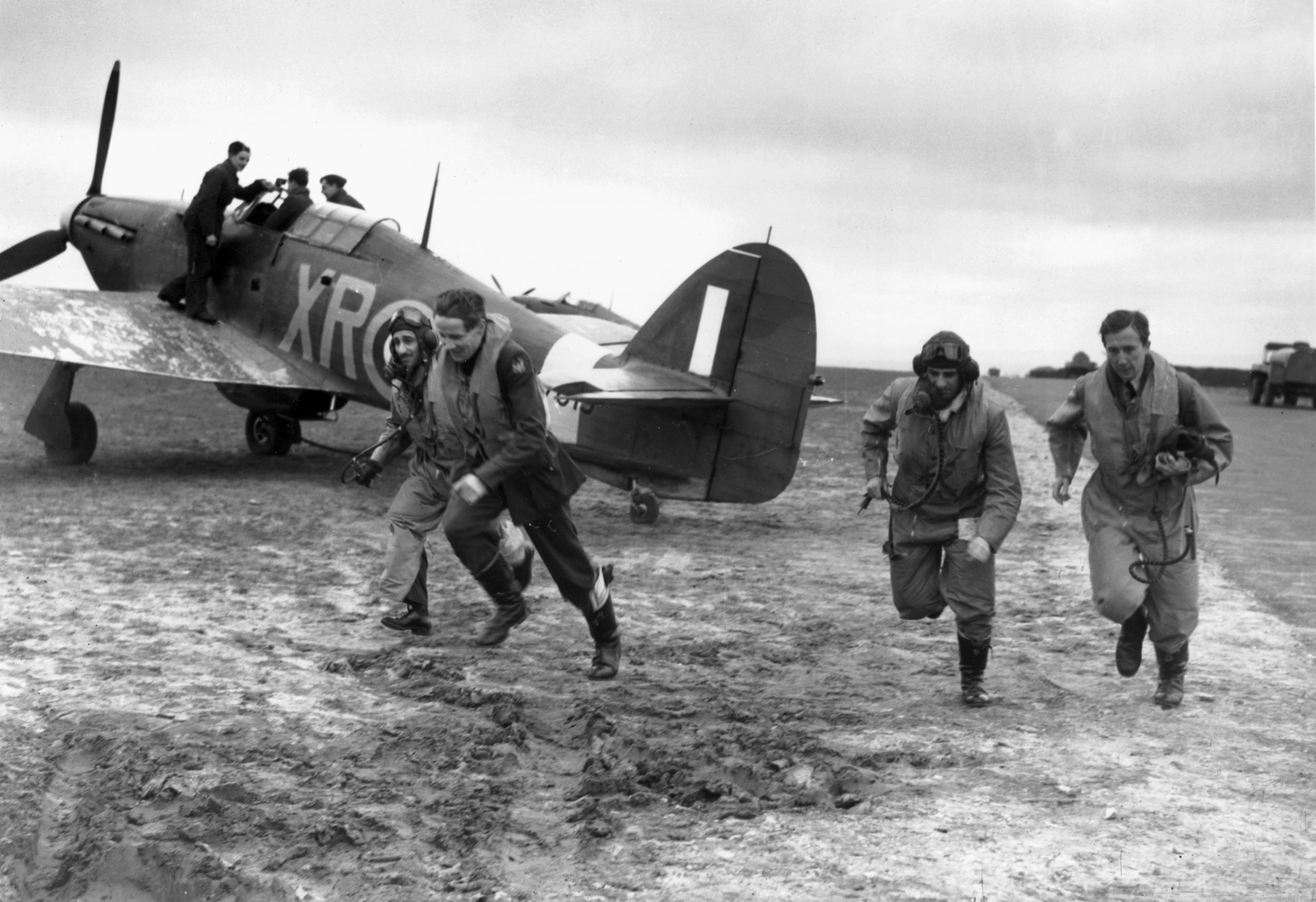
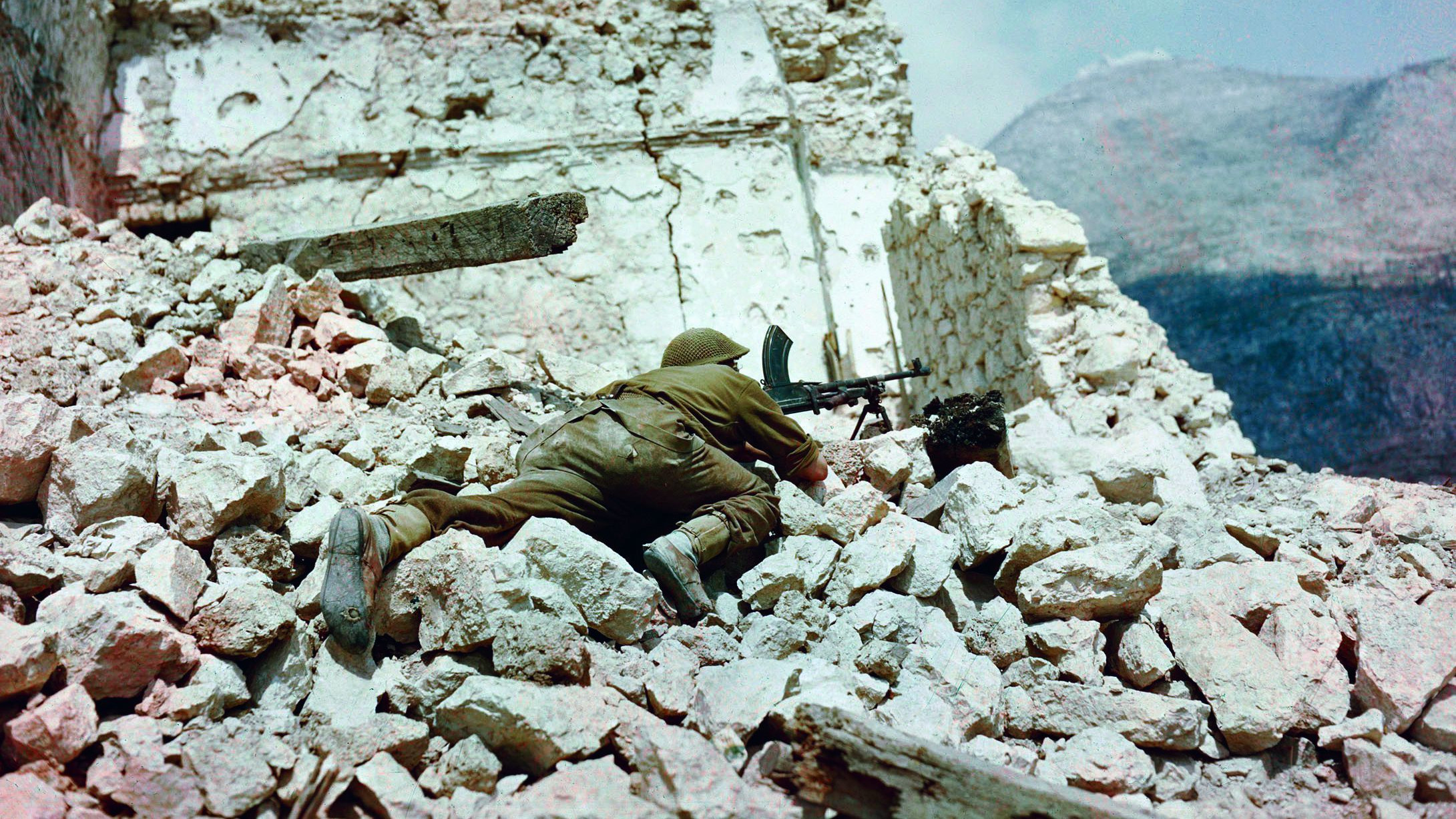
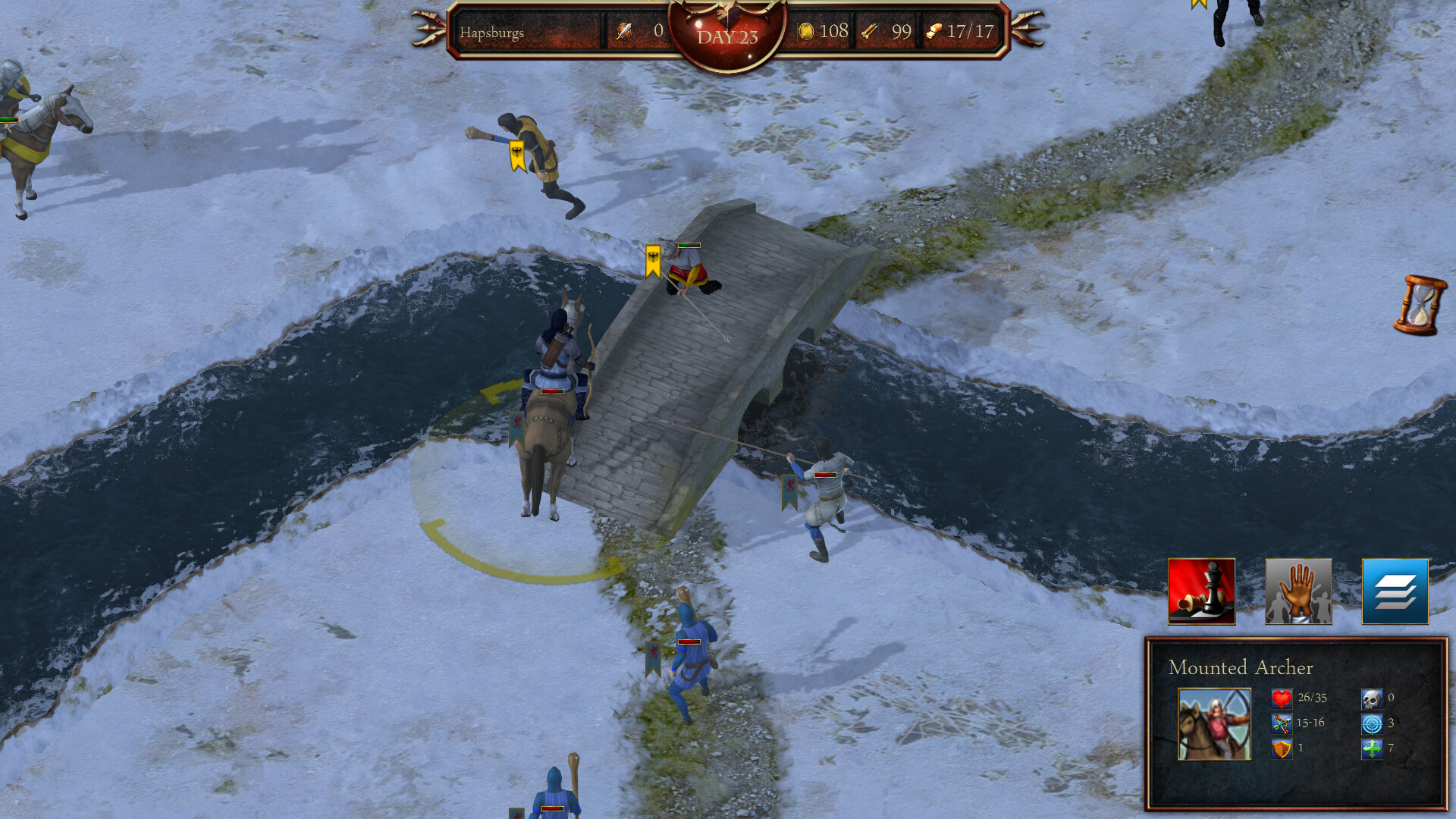
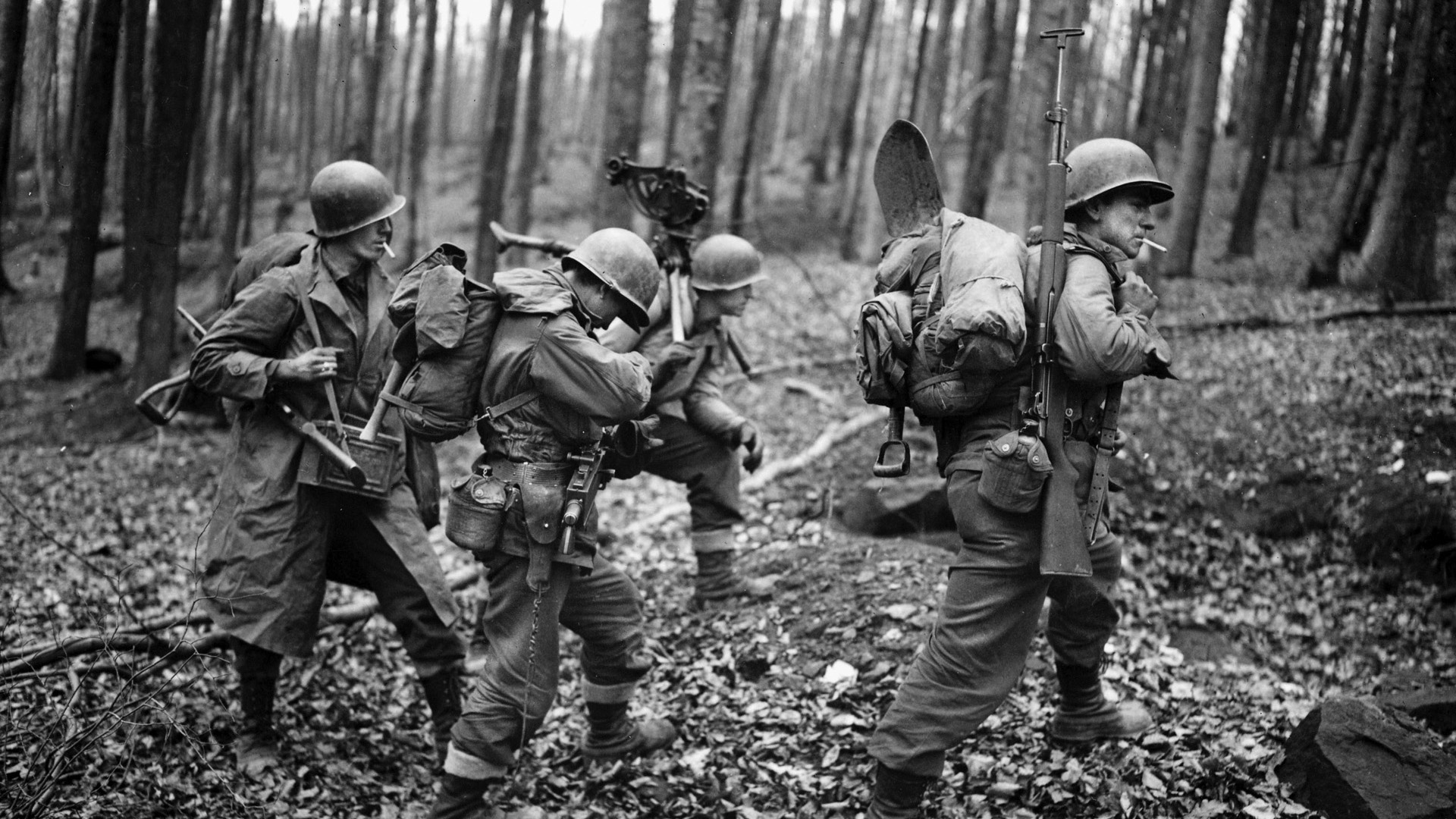
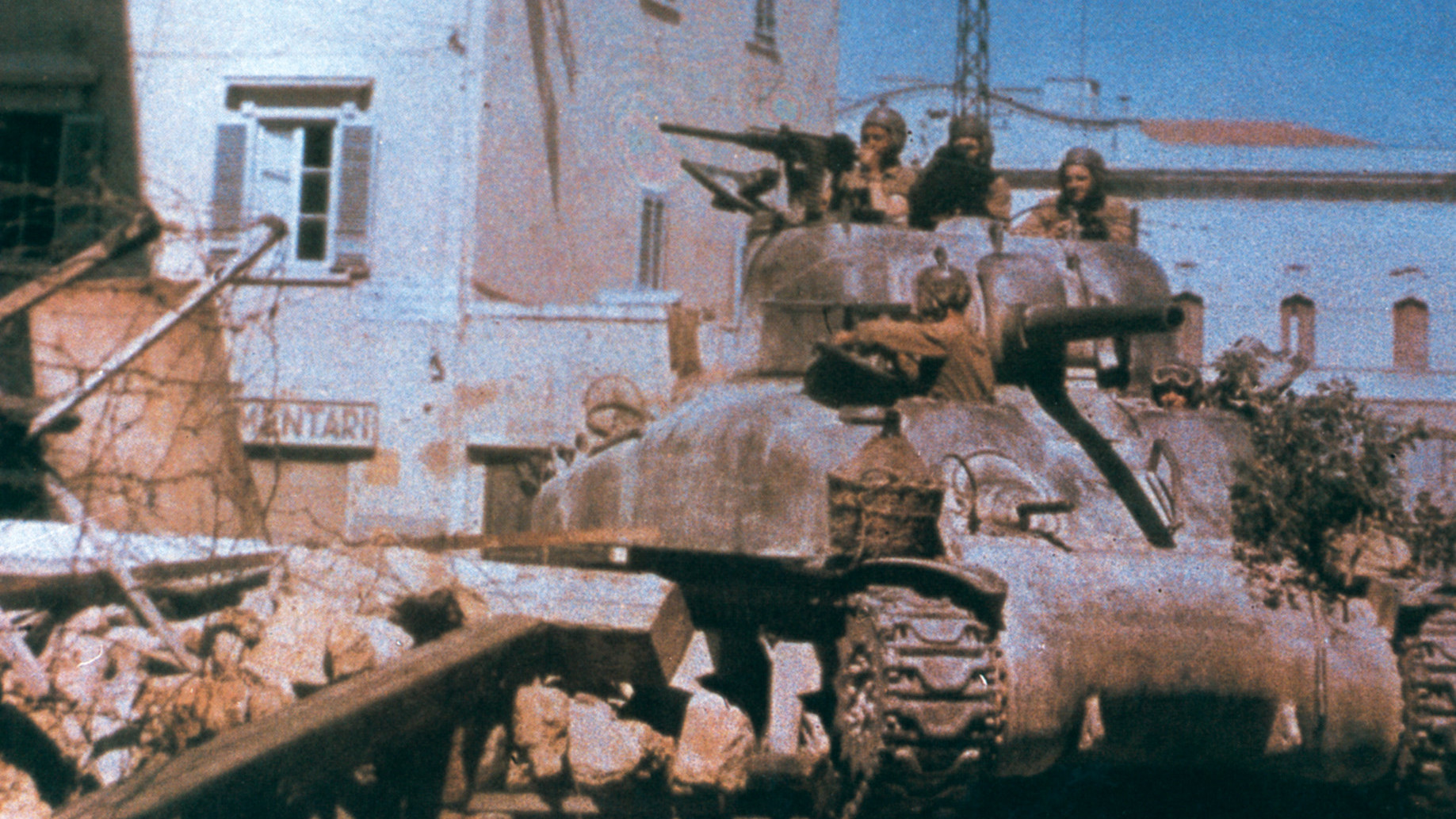
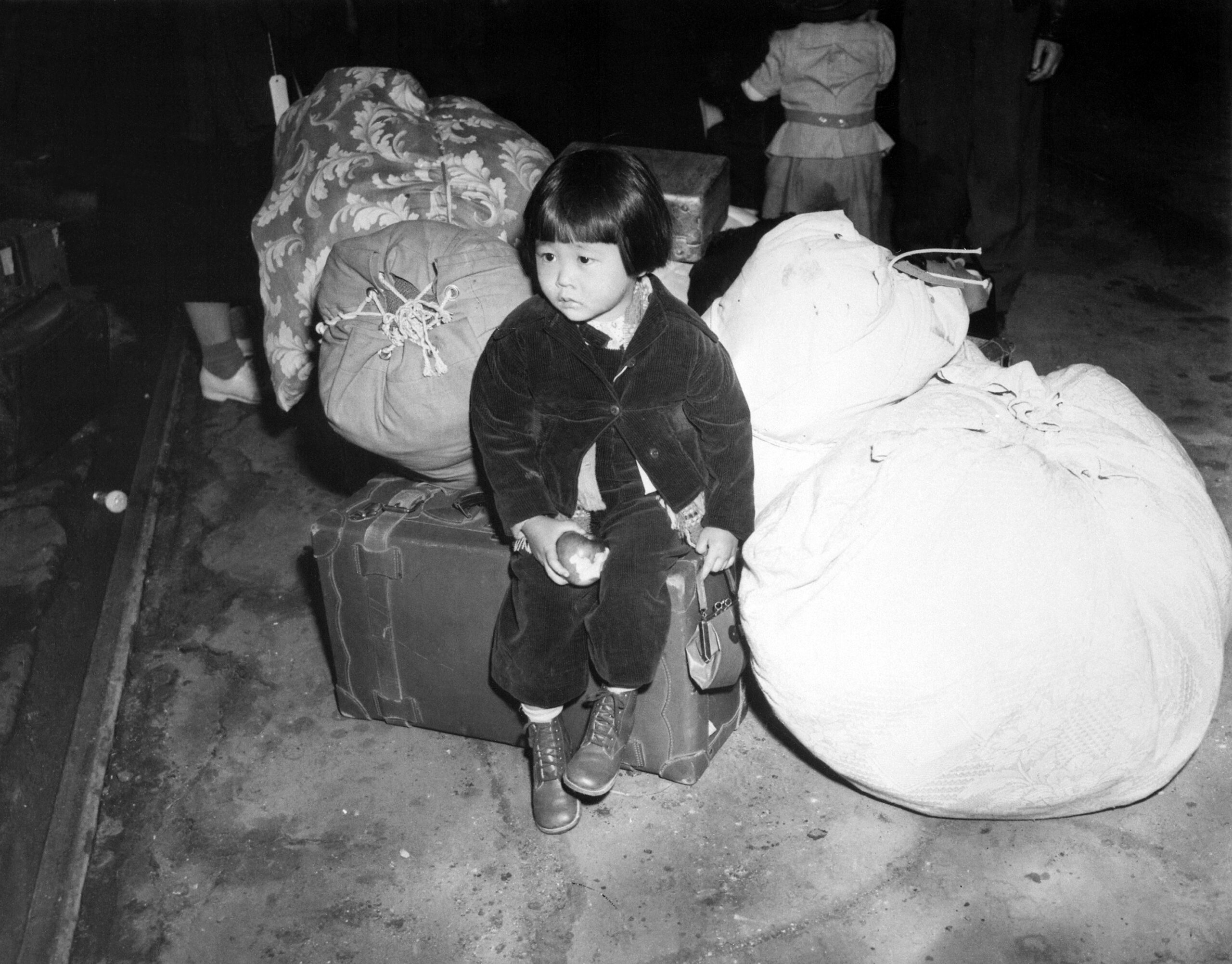
Join The Conversation
Comments
View All Comments